HIPAA Compliance for Medical and IoMT Apps
Around 91 percent of all health agencies have revealed an infringement of shielded health information in the past years. As a result of a need for HIPAA compliant software, M – Health (mobile Health) applications are one of the most complicated to produce. They must adhere to the 1996 Health Insurance Portability and Accountability Act (HIPAA).
HIPAA, also known as Public Law 104-191, is a 168-page book entirely engrossing for interpreting. We’ll go over HIPAA compliance requirements for mobile health applications and the Web of Medical Stuff to save you some time. The U.S. Authoritative Department of Health and Human Services (H.H.S.) governs HIPAA. If you want to create a medical app, you should look into the requirements of the United States Food And drug administration, as well as the FTC.
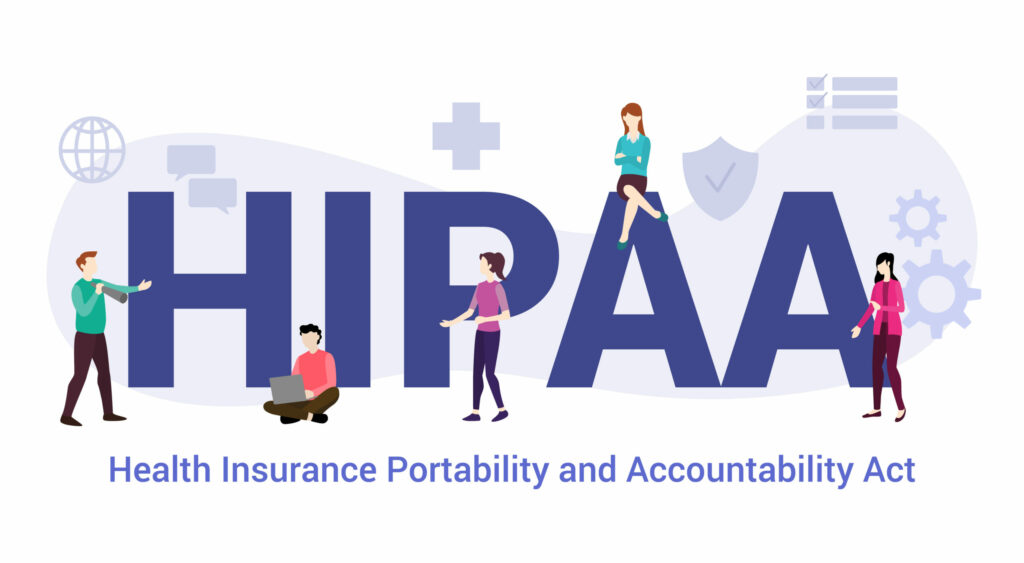
The Primary Purpose of HIPAA
HIPAA was imposed to establish federal standards for:
1. Confidentiality protection,
2. Digital records protection,
3. Administrative generalization, and
4. Insurance flexibility.
Violation of shielded healthcare information can endanger lives. That by itself is the leading cause enough to adhere to HIPAA. Overall, law cases are not managed to bring forward for HIPAA violations, but this is not sacred according to Connecticut verdicts. In any case, civil suits can be filed for infractions of state and federal statutes. HIPAA compliant medical software decreases the risk of civil claims for healthcare providers by assisting in preventing threats to guarded healthcare data in the first place.
HIPAA Compliance Overview
HIPAA was imposed to establish national measures to protect private Information, digital records security, institutional simplification, and insurance ease of handling. HIPAA Compliance is governed by four rules, some of which involve significant distinctions:
Privacy Rule – Applies to protected health data.
- Individual identifying data incorporation
- Identification of “covered investors and business affiliates.”
- There is a distinction between data de-identification and data anonymization.
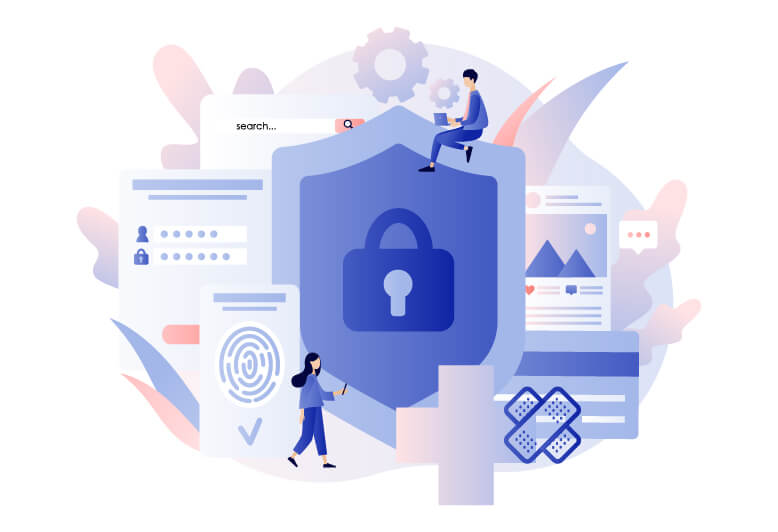
Security Rule – Consists of administrative, tangible, and technological safeguards.
- Administrative safeguards
- Risk assessment
- Physical security measures
- Technical protection
Breach Notification Rule – Procedures to follow in the event of a security incident.
Enforcement law – Civil law penalties if the rule is not followed.
Classifications and reference data, as with all legal terminology, can be crucial. We involve links to source files anywhere and everywhere possible. Confidentiality deserves special attention because it defines whether you will have to do HIPAA Compliance. What Information is encased, and exceptions to how alternatively protected Information is used. Similarly, a large number of materials and help are accessible in each of the corresponding safeguards.
The HIPAA Privacy Rule
Under HIPAA’s Privacy Act, Protected Health Information (PHI) shields all previous, present, and prospective “personal health information kept or transferred by a public body or its former business partner, in any shape or communications, whether digital, journal or verbal.”
PHI would include all of the products listed. It also provides any personally identifiable information (PII).
ePHI is another term for Digital Protected Health Information. Primarily, any of the data listed above formed, saved, transferred, or received electronically – via any electrical gadget or storage medium – falls under this category.
There are no exemptions without going all sci-fi with telekinesis, just because of a bit of fun. However, even this can be asserted to necessitate the use of electronic devices. What is considered sci-fi may not be considered sci-fi later today.
HIPAA Compliance – Check if you are a covered entity?
You must be HIPAA compliant unless you’re an encased unit or a business associate of a public body. Based on your description, deciding whether you’re an “encased entity” is nearly as simple. Suppose you or your company handle health data in that case, you are most likely a protected entity as there are always exclusions. A more comprehensive review to allow you to determine how to make software HIPAA compliant.

De-Identified Data vs. Anonymized Data
Privacy information Data deletes and disengages all PHI/PII associated with the data component. De-Identified Information is similar, except that in some cases, the data may be relinked to an information component, as per 45 C.F.R. 164.502(d)(2), 164.514(a), and 164.514(a) (b). De-identified data is frequently used in restricted data sources for public health and scientific work.
HIPAA Risk Assessment and Security Rule
According to HIPAA’s Security Rule, government agencies and their contacts must carry out a risk assessment of healthcare organizations. The purpose of this analysis is to assist your company in remaining compliant with HIPAA’s institutional, physical, and technological safeguards. These are likely to be relevant to any mHealth or IoMT widget you create to assist you in identifying vulnerabilities affiliated with your PHI dealing. The H.H.S. website contains an assessment instrument as well as extra risk analysis guidelines.
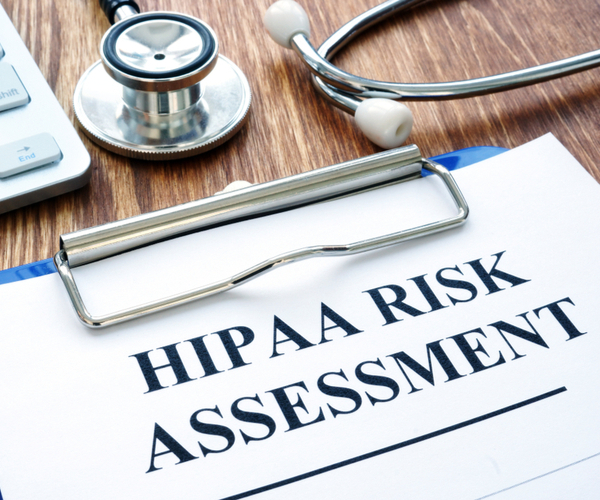
The Security Regulation states three layers of protection to be implemented:
- Administrative
- Physical
- Analytical
The goal is for all three layers to be incorporated as a single coherent curriculum, but aspects of each stack can quickly intersect with others. The three layers are described below, with connections to the set norms for each.
Administrative security involves the system security process, assigned security obligation, workforce safety. Information sharing management, security education and awareness, security issue processes, emergency plans, assessment methods, business associate agreements, and other accommodations are also insured.
Physical security is needed to defend electrical components, equipment, and Information. It includes facility access controls, workstation use and safety, device and mainstream press controls, and tools.
Technical security encrypts data used to regulate data access, compliance controls, authenticity, and message integrity.
The H.H.S. Office for Civil And human rights and the National Institute of Standards and Technology (NIST) have created a “Crosswalk PDF” to help protected entities. This document assists in correlating the NIST Framework to Improve Critical Infrastructure Information security (also known as the Cybersecurity Framework) with the HIPAA Security Rule and other security frameworks. HIPAA does not necessitate this, but it encourages all authorized access and their business associates to improve their information security programs.
Breach Notification Rule
The HIPAA Breach Notification Rule specifies in detail the reporting obligations, exceptions, and protections. In the event of a violation, a covered entity must inform any participants whose:
- Participants whose PHI has been compromised
- The media if the breach affects records of more than 500 people
- The Secretary of the Department of Health and Human Services
About more than 500 people’s documents. 45 CFR 164.400-414 covers the legalese. “Comparable incident reporting provisions enacted and enforced by the Federal Trade Commission (F.T.C.) pertain to distributors of personal health information and their third-party partners, according to section 13407 of the HITECH Act,” according to the F.T.C.
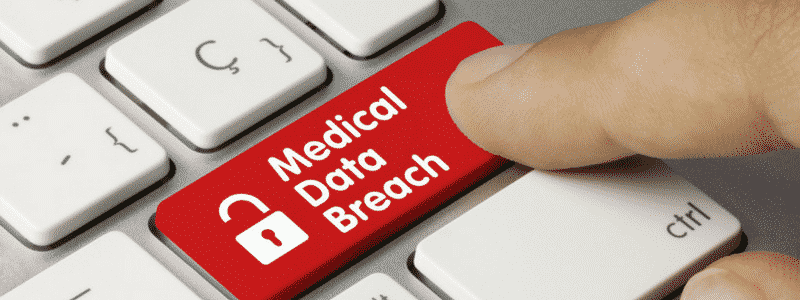
HIPAA Enforcement Rule
Regulatory and investigation provisions are included in the HIPAA Enforcement Rule – PDF.
Noncompliance fines begin at $10 and can reach $50,000 per violation or personal record, with a maximum punishment of $1.5 million per year. There are various levels of discipline. Intentional HIPAA infringements carry criminal sanctions ranging from $50,000 to $250,000 and up to a year in prison, and falsely accessing or disseminating PHI can result in a 5-year prison sentence. If done with bad intentions or for personal gain, the verdict is increased to ten years.
In 2018, the Office for Civil Rights (O.C.R.) at the U.S. Department of Health & Human Assistance set an all-time high for HIPAA regulation of $28.7 million. Their summary of enforcement outcomes has referred over 700 instances to the Justice dept for criminal probe encompassing the improperly handled PHI.
The Volume of HIPAA Breaches
H.H.S. disclosed 433 significant contraventions of Shielded Healthcare Information in the 24 months before February 2019. It is an increase from 364 infringements in the same period leading up to September of 2017. It includes breaches caused by many factors (hackers, unauthorized, configuration issues, etc.) that affected over 500 people. Hacking is still the leading cause of PHI attacks. In each fiscal quarter, they had an impact with over 15 million citizens. It also includes the recent U.W. Drug database errors, which influenced nearly 1 million people.
HIPAA Certification, Audits, and Compliance
One big lie that we can dispel is the need for “HIPAA Certification.” However, various organizations may provide classes and coaching that lead to “HIPAA Certification.” These are not a legal or officially enforced form of certification.
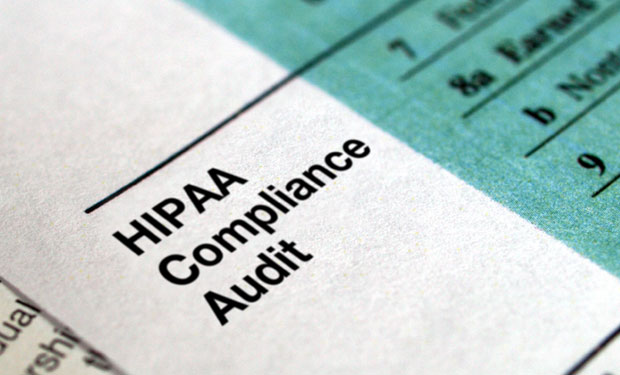
On the other hand, HIPAA audits are genuine and can be performed on any public body or former colleague. More Information is also available, including a F.A.Q. that covers every aspect of audits in depth. Impartial audits can cost more than $20,000. They are not needed, but they can help you identify gaps in your organization’s corporate compliance.
The HIPAA Journal offers the most detailed and user-friendly HIPAA Compliance software development Criteria available to protect all coated entities ‘ or business associates’ degree preferences. Companies are not required to pay for or perform audits, which can cost more than $100,000 based on their comprehensiveness.
F.T.C. and F.D.A. Resources
If you create a mobile phone app, you will also have to follow federal laws, overseen by the U.S. Federal Trade Commission and the Food and Drug admin. You might be interested in reading, does your mobile health care app require F.D.A. approval? For your convenience, we’ve included a list of HIPAA compliant software guidelines.
- Begin with the F.T.C.’s Mobile Health Apps Collaborative Tool – Answer their ten questions, and the device will direct you to applicable federal laws and assets for your mobile health app.
- F.D.A. Synopsis of Mobile Medical Applications – The main webpage of the F.D.A.
- This report’s primary source is F.D.A. Guidance on its Regulatory oversight of Mobile Medical Applications (PDF).
- F.T.C. Best Processes for Mobile Health App Data Security –is also beneficial because it gives you direct exposure to the 20-page PDF Start with Safety: A Guide for Corporate.
- Federal Trade Commission Act (PDF) – “prohibits deceiving or biased acts or practices in or commercial code, such as those about privacy and security, as well as those encompassing deceptive claims about the safety or achievement of apps.”
- The F.T.C.’s Health Incident Reporting Rule – Requirements for disclosing breaches involving personal health details and documents.
HIPAA and General Data Protection Regulation – “The Data Protection by Design”
The E.U.’s GDPR went into effect on May 25, 2018. It pertains to the protection of E.U. citizens’ data. It applies to organizations that have or share the private data of E.U. citizens on a global scale. GDPR is comparable to HIPAA’s PHI and PII. It uses distributed access control to encrypt Personal Identifying Information and gives users comprehensive control over their data.
Disclaimer
The details in this article are intended to be general only. Laws differ greatly depending on the facts. Because rules, norms, and restrictions change, this post may contain errors. This article is provided with insight that the OSSystem and its publishers are not providing legal counsel. This article will not be used or interpreted as an alternative for legal advice.

Subscribe to us










